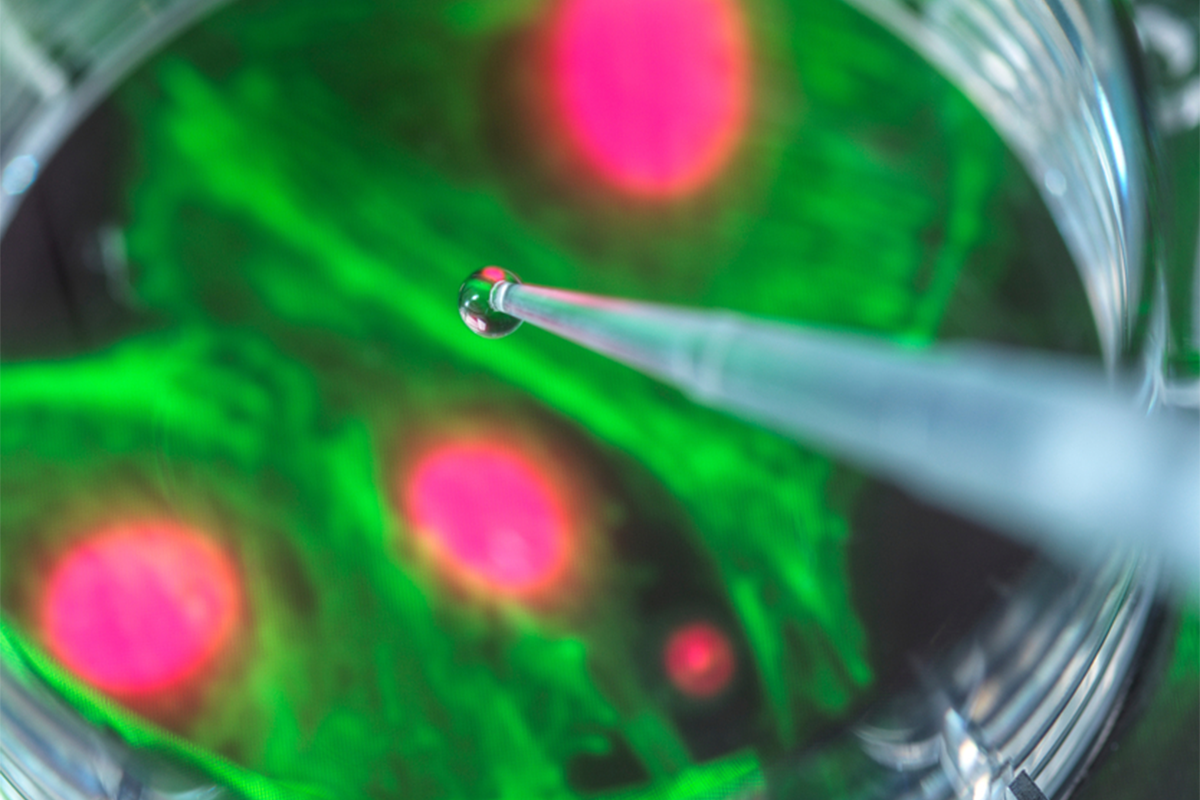Benefits of NAMs
NAMs offer innovative technologies that can partially or completely replace the use of animals. From organ-on-a-chip microphysiological systems to computational modeling and in vitro testing, NAMs encompass a diverse range of technologies that can meet your specific needs and help you reach your goals.
Whether you’re looking to enhance predictivity, improve translatability, increase efficiency or reduce costs, we have the NAMs capabilities and know-how to help you get the answers you need to inform the decisions for your breakthrough therapy, drug, device or product all while supporting and advancing the 3Rs.
With scientific capabilities spanning a global cross-functional team, dependable high-quality data deliverables at scale and a dedication to delivering innovative non-animal alternative options for your program, we fully support your mission of advancing translational research to improve health and improve lives—faster, better, sooner.
Connect with our specialists to learn how you can:




